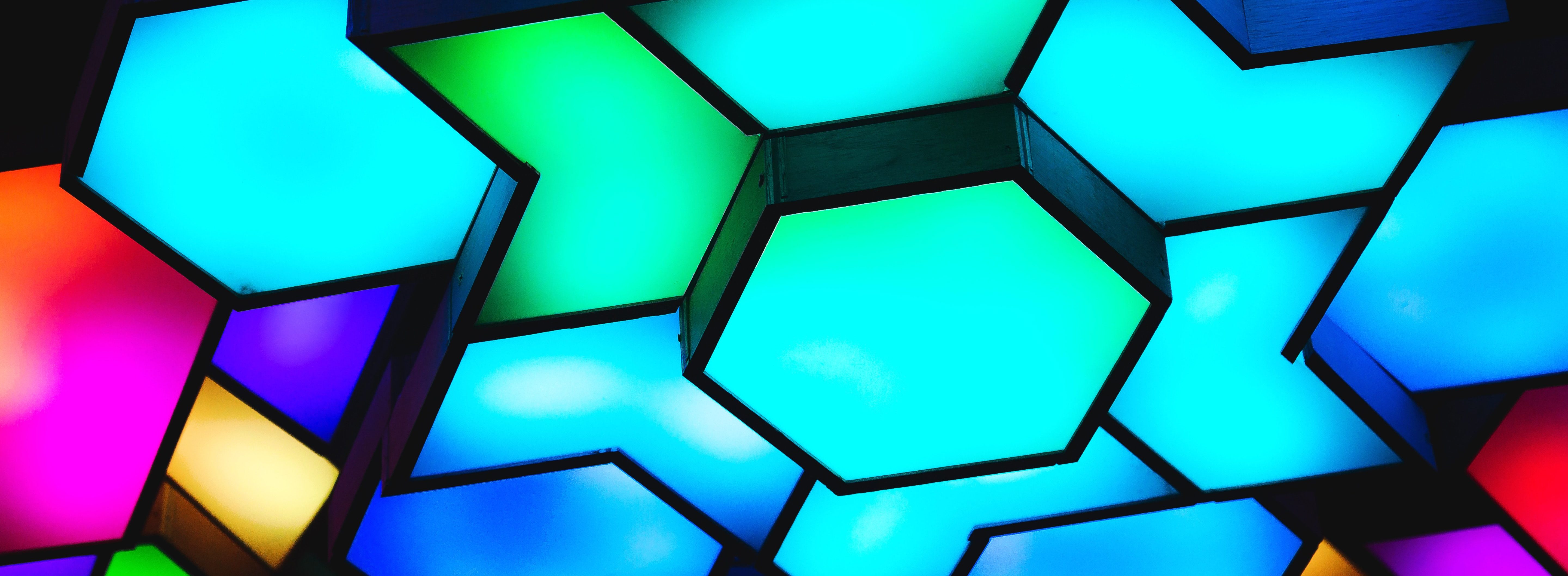
Blue light is included with natural daylight, but with the evolution of technology and LEDs, the usage of blue LED lighting can have its side-effects. The primary source of blue light is the sun. But with the development and popularity of technology, blue LED lights are being used to enhance brightness. For example, the LED lights used in your home, your flat-screen TV, your smartphone, your computer or any other ‘smart-device’ are using blue LED lights for illumination.
How does blue LED light affect us?
Our eyes contain sensors that detect light, specifically shades of light including blue. These sensors are directly connected to our brain and internal system. An example of this is our internal sleeping clock. When we wake up and see the sunlight, our mind is alerted from the blue lights that are detected in the sunshine and sends a message to us saying “Hi, good morning, it’s time to wake up.”
Because almost all of our smart-devices and internal LED lighting contain artificial blue light, your body is always receiving signals to stay up. Now when it’s night time, and your body is receiving these signals it could affect sleep patterns and your circadian rhythm.
What is the circadian rhythm?
The circadian rhythm is your internal 24-hour timing clock. It is always active and rotates through intervals of alertness, sleep, and wake cycles. The part of your brain that controls your circadian rhythm is the hypothalamus.
Outside lighting conditions have a direct effect on your hypothalamus. For example, when dark outside your hypothalamus tells your body to discharge melatonin to help your body go to sleep. In reverse, when daylight is seen your hypothalamus tells your body to wake up. Now when it comes to blue lights now can you see why and how blue free lights can have an impact on you?
Blue Free LEDs for Milk Lighting
In a recent study done by Cornell Universities Food Department milk was found to be harmed by blue LED light in a spectrum of 450 and 460 nanometer does harm milk.
Within as little of 4 hours of exposure to the blue light, the milk quality begins to decrease. Researchers tested the taste of 2% and skin free blue LED light exposed milk vs. non-exposed milk, and discovered that the overall taste of LED-exposed milk was more ‘plasticky.’
- LUXX Light Technology Fresh Food LED Lighting Catalog
- LUXX Light Technology LED Freezer Food Catalog
The blue LED light that is emitted between 450-460 nanometers destroys the milk’s nutrients, thus affecting the taste.
Blue free LED lights
Blue free lights are exactly what the name says; blue free lights. In substitution of the blue, a violet lighting is used. The violet creates an exquisite white light that closely resembles a natural daylight white.
Now when creating a blue free light, many people may think that the white light color would be affected. If done right you won’t be able to see a difference. The only items that you would visually appear slightly off when seeing them under blue free lights are items that are blue and violet.
When viewing their items under blue free lighting, you will see no difference. Reds, oranges, pinks, and skin tones are all displayed accurately. This is good news because those are the colors that people find value in.
About LUXX Light Technology
Since 1996, LUXX LIGHT TECHNOLOGY has been a global leader in the custom engineering and manufacturing of LED lighting solutions for the Retail Display market, Commercial Refrigeration, Shelf Lighting and unique Profile extrusions to meet almost every application.



